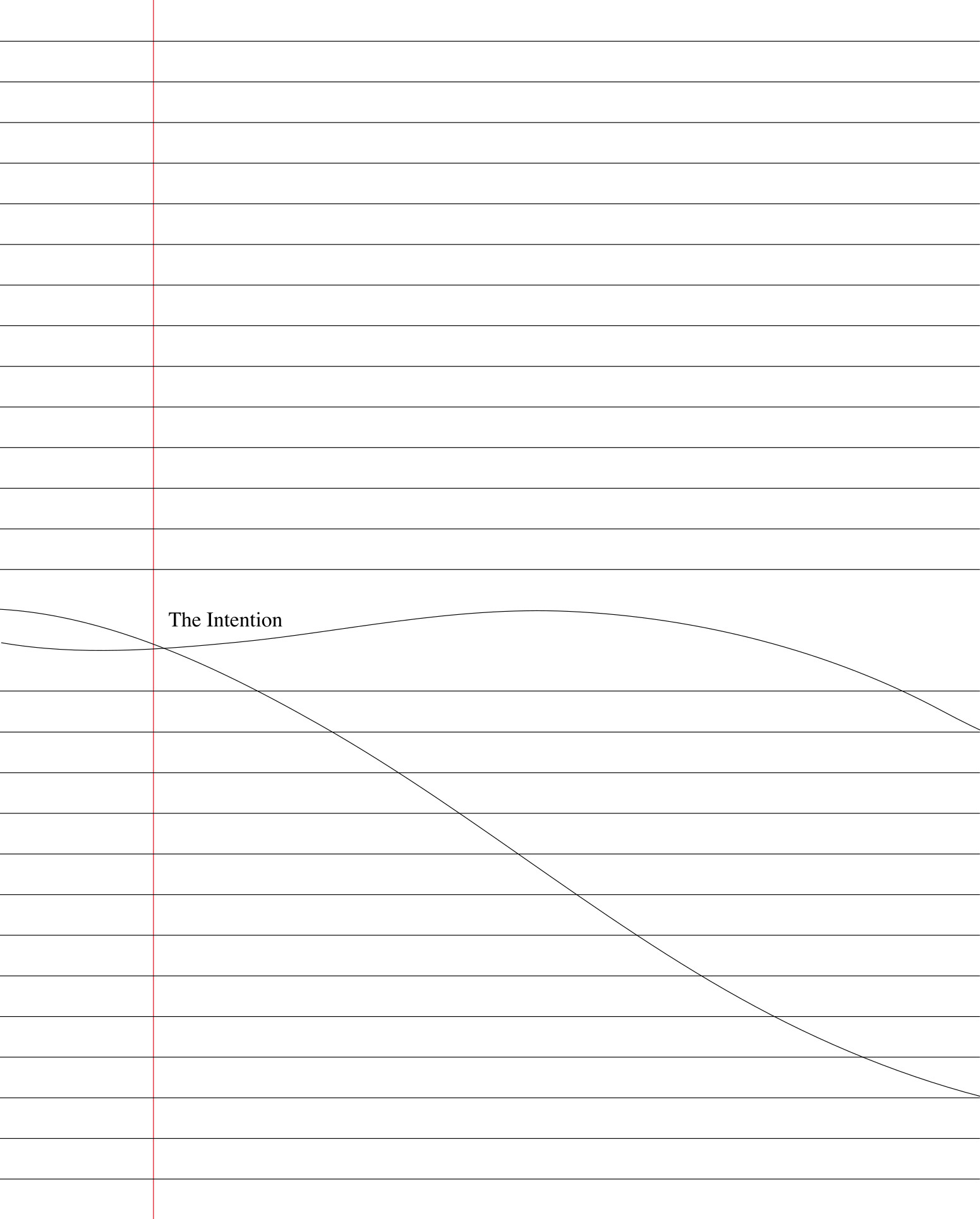Paul Klee: Pedagogical Sketchbook (1925–) [DE, EN, GR, RU]
Filed under book | Tags: · art, art education, bauhaus, colour, design, drawing, painting, theory

“Paul Klee occupies a unique position among the creators of modern art. Although he shed all ties with conventional presentation, he developed a closer and deeper relationship to reality than did most painters of his time. Without any attempt at imitation or idealization, he recorded proportion, motion, and depth in space as the fundamental attributes of the visual world.
Klee collected his observations in his Pedagogical Sketchbook intended as the basis for the course in design theory at the famous Bauhaus art school in Germany. From the simple phenomenon of interweaving lines, his work leads to the comprehension of defined planes-of structure, dimension, equilibrium, and motion. But he employs no abstract formulas. The student remains in the familiar world-a world that acquires new significance through the straight forward approach of Klee’s simple, lucid drawings and his precise captions. Chessboard, bone, muscle, heart, a water wheel, a plant, railroad ties, a tightrope walker-these serve as examples for the forty-three design lessons.
Pedagogical Sketchbook is a vital contribution toward a more human, more universal goal in design education the work of a visionary painter who dedicated himself to the practical task of making people see.” (from the Back cover)
Publisher Albert Langen, Munich, 1925
Volume 2 of Bauhausbücher series
50 pages
English edition
Introduction and Translation by Sibyl Moholy-Nagy
Publisher Frederick A. Praeger, New York, 1953
The original layout by L. Moholy-Nagy has been retained
65 pages
Pädagogisches Skizzenbuch (German, 33 MB, via Bibliothèque Kandinsky, added on 2014-8-17, updated on 2022-4-13)
Pädagogisches Skizzenbuch (German, PDF, JPG, in Heidelberg U Library, added on 2019-7-7)
Pedagogical Sketchbook (English, 1953 edition, no OCR)
Pedagogical Sketchbook (English, 1960 edition, 7th printing from 1972)
Παιδαγωγικό Σημειωματάριο (Greek, trans. Β. Λαγοπούλου, 1976)
Pedagogikheskie eskizy (Russian, trans. N. Druzhkovoy, 2005, added on 2014-3-6)
See also other titles in the Bauhaus Books series, as well as Klee’s class notes in manuscript and an edited version of his Notebooks.
Comments (10)Marta De Gonzalo, Publio Pérez Prieto: The Intention (2008)
Filed under book | Tags: · art, art education, education

“The Intention is an artistic and didactic project on education and audiovisual literacy. From the very start, it wasn’t conceived as a project with a closed final shape and formalisation. Rather, it was specified through different projects, and will continue to do so in the future. Currently, its chief formal presentations have consisted in a series of audio-visual pieces, in an exhibition format as an installation, and as a series of workshops and discussions with art educators and professionals.
This publication attempts to present secondary education and university teachers, art institutions and other interested parties, with a guide to the use and deep analysis of the work, in order to allow for a selection of the axes or different layers of reading in the project with which to work with their students, or, from an institutional standpoint, with the provided materials.”
Translated by Kamen Nedev
Publisher Entreascuas Editores, Madrid, 2008
Open distribution license for educational use.
532 pages
PDF (updated on 2018-12-31)
Comment (0)Bauhaus: A Conceptual Model (2009)
Filed under book | Tags: · architecture, art, art education, art history, bauhaus, history of architecture

The Bauhaus—founded inWeimar in 1919, located in Dessau beginning in 1925, and closed in Berlin in 1933—continues to be the most effective and successful export article of twentieth-century German culture. Even more than seventy years after it was closed, this interdisciplinary school for art, architecture, design, and theater has not lost any of its currentness.
On the occasion of the ninetieth anniversary of the founding of the Bauhaus, this profusely illustrated, comprehensive publication with over three hundred color illustrations reexamines and reevaluates the art school’s history and influence. In this collaborative project by the three leading institutes at the former sites of the Bauhaus’s activities—the Bauhaus-Archiv Berlin, the Stiftung Bauhaus Dessau, and the Bauhaus-Museum der Klassik Stiftung Weimar—the historic Bauhaus and the trail of its reception are closely examined and analyzed based on sixty-eight selected highlights, including the hitherto neglected aspects of the Bauhaus during the period of National Socialism as well as its international propagation and commercialization.
Texts by Barry Bergdoll, Klaus von Beyme, Regina Bittner, Gerda Breuer, Magdalena Droste, Peter Hahn, Christine Hopfengart, Christoph Ingenhoven, Michael Siebenbrodt, Klaus Weber.
Edited by Bauhaus-Archiv Bauhaus-Archiv Berlin / Museum für Gestaltung, Klassik Stiftung Weimar, Stiftung Bauhaus Dessau
With an introduction by Annemarie Jaeggi
Publisher Hatje Cantz Verlag, Germany, 2009
ISBN 978-3-7757-2414-2
376 pages
PDF (updated on 2012-7-18)
Comment (1)
